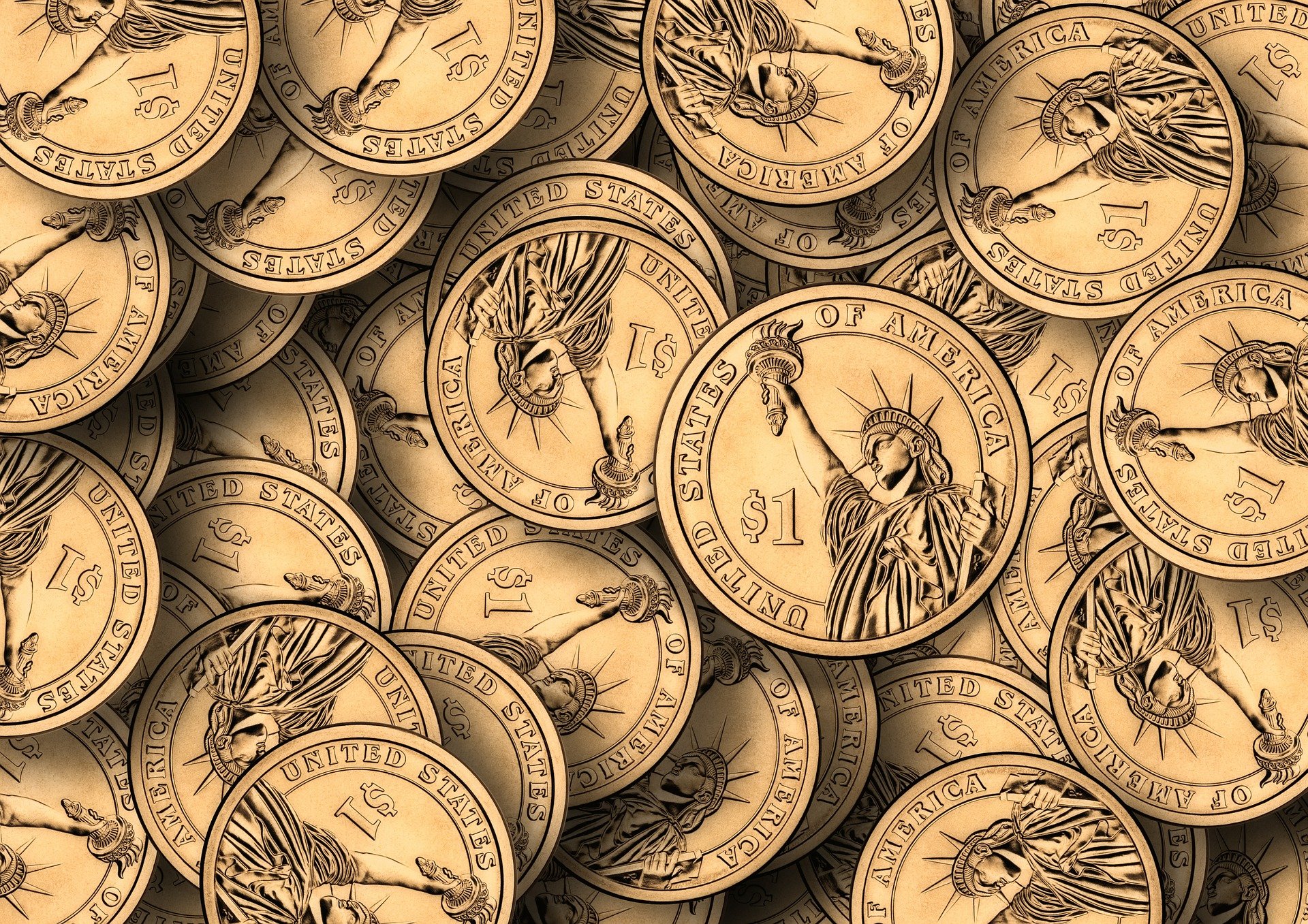The US dollar dominates the world in currency trading. But its position as the global reserve currency is now undermined by its growing weakness.

US Dollar Below 90.00 Levels
The greenback has moved below the psychological level at 90.00 and is at the January 2021 lows. There is a recovery in the US economy, which has made the US dollar retreat below the 90.00 marks. The US Federal Reserve is expected to increase interest rates as the rising inflation is a cause of concern, which is another reason for the decline in the greenback
The US bond yields are at 1.6%, while the UK bond yields are at 0.8%.
US Dollar as Reserve currency
The US dollar is at 4-month lows against most currencies.
According to reports from the International Monetary Fund (IMF), almost 61% of foreign exchange reserves, held by various governments, are in dollars. The greenback has been stabilizing markets for decades, putting the United States ahead of other countries. Today, almost 40% of global debts are in dollars.
Apart from the US dollar, the IMF has approved four more reserve currencies. They are the euro, the sterling, the Chinese yuan, and the Japanese yen. But, the US dollar dominates in the currency world as the US is the largest economy that dominates through its currency.
The US dollar was printed in 1914 by the Federal Reserve Bank. By 1974 it had become the world’s reserve currency. The US dollar gained its official position as a reserve currency after the Bretton Woods Agreement of 1944. Countries started to accumulate the US dollars as reserve currency instead of gold reserves.
The US dollar has gained its position as reserve currency based on its dominance in the financial markets and the strength of its economy. The US Treasury securities hold a prominent role as the safest asset to invest in.
But high inflation and debt are two factors that the US economy has to consider, to prevent a crisis that may topple its position as the top currency. The US faces various issues like high inflation and quantitative easing, which worry investors. The Fed is taking efforts to restore faith in the currency and prevent the downslide.
Single Currency is Not a Viable Alternative to the Dollar
The euro was at $1.22, gaining almost 4% on the USD from March. Europe initially floundered against the coronavirus wave that affected people in the eurozone when the second wave struck. The vaccination drive has helped the region catch up with the UK and the US, and its efforts to curb the pandemic are bringing down the infection rate. The euro is the next popular currency after the dollar, but it holds only 21% of the central bank reserves and is not a viable alternative to the dollar as a top currency.
Cryptocurrencies Lack Proper Regulations
Cryptocurrencies are running a close call to replace the US dollar. Major Cryptocurrencies like bitcoin, ethereum, and litecoin are racing forward to beat the greenback. The Chinese cryptocurrency is also in the race to replace the dollar. Bitcoin also called “digital gold”, is considered the best cryptocurrency to invest in. It has many characteristics that are similar to gold. However, the lack of proper regulations is the main drawback of the crypto market as it does not provide the required security and transparency that investors prefer.
British Pound Lost Dominance
The currency market was once dominated by the pound. It was ruling the currency world as the top international currency until 1955. But when the US economy overtook the UK economy, it became the largest economy. Britain held on to the gold standard to lead the world as a global currency. When the dollar overtook the pound as a reserve currency, the British pound to USD lost its sheen and traded like a normal currency that was not of much use outside the country. The sterling continues to grow stronger, although it lost its global currency status. London is the center of the global financial hub and resumes its role as a major trading center.
Gold is a Safe-Haven Investment
Gold is considered a safe-haven investment as it has high liquidity and has a reliable store of value. The price of gold varies inversely with the greenback. When the US dollar gains in value it decreases the value of gold. In 2020, the value of the precious metal fell below $1,500 per ounce. But when the Federal Reserve cut interest rates near zero, the value of gold zoomed higher. It moved higher to almost $2,000 per ounce.
The investor does not gain any income from investing in gold. The yellow metal does not pay interest or dividends. But, it protects the investor, as it has high liquidity.
Currencies like the Australian dollar are considered as “risk-on” currency, while the US dollar and the Japanese yen are “safe-haven” assets. The AUD depends on the growth of the Chinese economy and commodity prices.
The US dollar has been on the decline since the coronavirus hit global economies in March 2020. It is down by more than 10% against other major currencies, moving to the lows of 2018.